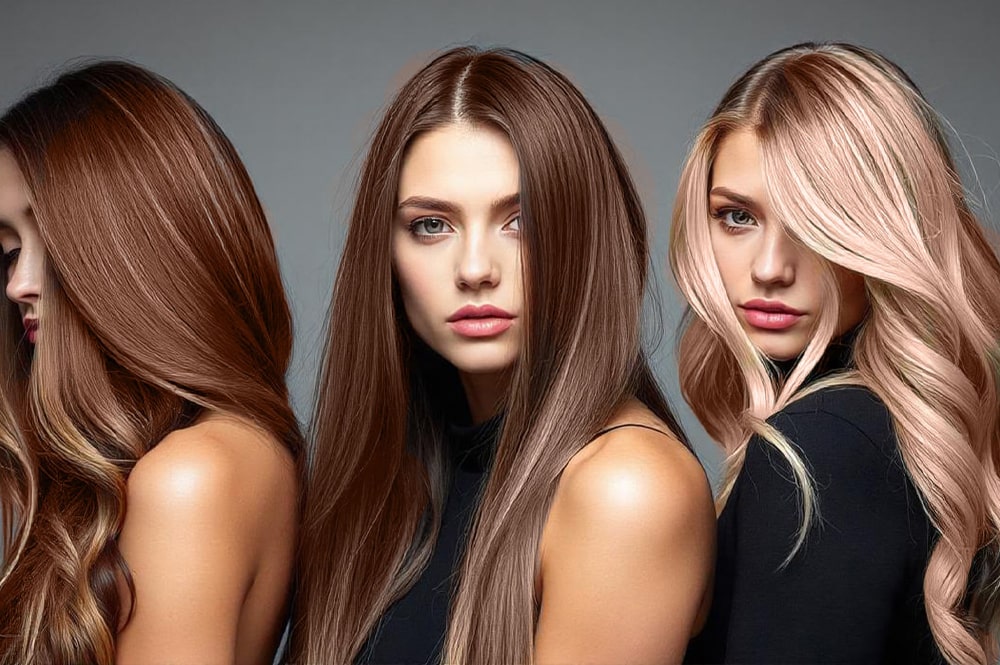


The term balayage is derived from the French word meaning “to paint” or “to sweep.” Introduced in the hairstyling world during the 1970s, it represented a revolutionary way to apply color. Unlike traditional methods involving caps or cotton foils, balayage is a method of hand-painting hair. This sweeping motion, as the name implies, results in a natural, sun-kissed effect. At its core, balayage is not a specific technique but a method of application, often referred to as painting or freehand technique.
When employing the balayage method, specific products are required—ones designed to remain stable in open air without transferring between strands. This ensures clean, distinct sections, allowing for precision in creating soft, blended transitions. While isolating strands with film is an option, freehand application is the hallmark of balayage. However, despite the consistency in the method, the end result often varies based on the desired effect.
In modern hairstyling, balayage has evolved into a widely sought-after technique. Yet, it remains an inherently versatile approach that can be tailored to each client. This adaptability has contributed to its immense popularity. Ask 30 hairstylists how they execute balayage, and you’ll likely hear 30 different variations. There is no definitive right or wrong method; the ultimate measure of success lies in achieving a stunning result and satisfying the client’s expectations.
The objective of balayage is to create a natural, effortless look tailored to the individual. This often means lighter ends in contrast to darker roots, but without the stark gradient seen in ombre styles. The final look should preserve some strands in their base color extending to the ends while introducing subtle highlights that appear to climb from the ends toward the roots.
Balayage is ideal for clients seeking a modern, natural look. However, when a client requests balayage, it does not necessarily mean they know exactly what they want. Social media plays a significant role in shaping expectations, with clients often showcasing a collection of photos with varying results, all labeled as balayage. This highlights the critical role of the hairstylist in interpreting these inspirations and customizing the technique to suit the individual’s features, hair type, and preferences.
To achieve the best results, hairstylists should approach each balayage session as a creative collaboration. Begin by understanding the client’s lifestyle, preferences, and maintenance expectations. Then, combine your technical expertise with artistic vision to craft a personalized tailor-made balayage. The beauty of this method is its adaptability, offering the freedom to innovate while ensuring the result complements the client’s natural beauty.
The appeal of balayage lies in its versatility and the seamless, low-maintenance aesthetic it delivers. Unlike more structured coloring methods, balayage allows hairstylists to experiment with placement and tones, resulting in a look that enhances natural hair movement and texture. This adaptability ensures that the style remains current with fashion trends while also being timeless.
Balayage’s soft, gradient effect makes it suitable for a wide range of clients—from those with virgin hair looking for subtle enhancement to those wanting dramatic dimension. Additionally, its less rigid maintenance schedule appeals to clients seeking a practical yet polished look.
The artistry behind balayage lies in the stylist’s ability to interpret the client’s vision and translate it into a bespoke result. This may involve blending various techniques, from painting subtle highlights around the face to incorporating bolder contrasts for dramatic flair. The beauty of balayage is that it empowers hairstylists to move beyond rigid formulas, fostering a creative environment where every result is unique.
Balayage has undoubtedly transformed the way hairstylists approach color application. Its versatility, artistic nature, and client-centric focus have cemented its place as a cornerstone of modern hairstyling. By embracing the freedom to innovate and adapt, hairstylists can craft truly personalized looks that not only meet but exceed client expectations. This approach ensures balayage remains a timeless technique, evolving alongside the ever-changing trends in fashion and beauty.